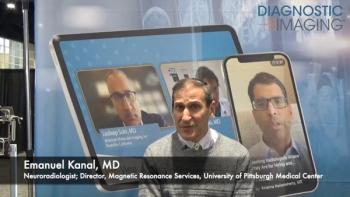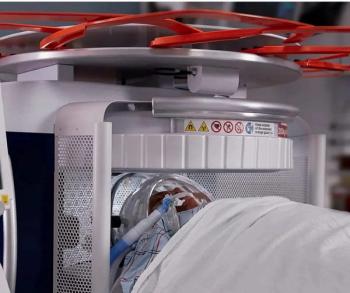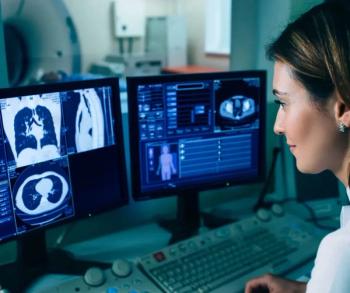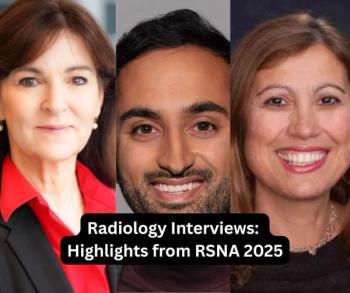
The Reading Room: Artificial Intelligence: What RSNA 2020 Offered, and What 2021 Could Bring
Nina Kottler, M.D., chief medical officer of AI at Radiology Partners, discusses, during RSNA 2020, what new developments the annual meeting provided about these technologies, sessions to access, and what to expect in the coming year.
Artificial intelligence has been a mainstay of the Radiological Society of North America (RSNA) annual meeting for nearly a decade. Each year brings new developments, reveals new capabilities and algorithms, and furthers the conversation about how these tools can help radiologists provide care.
This year, the conversation began to turn to what steps could come next for AI. Conversations about deployment, consolidation, and U.S. Food & Drug Administration clearance are now the norm as the technology becomes less of a novelty and more of a mainstay.
In this episode of The Reading Room, Diagnostic Imaging speaks with Nina Kottler, M.D., chief medical officer of AI at Radiology Partners, about her reaction to what this year’s conference offered about these tools and what she sees on the horizon in 2021.
For additional RSNA coverage, click
Newsletter
Stay at the forefront of radiology with the Diagnostic Imaging newsletter, delivering the latest news, clinical insights, and imaging advancements for today’s radiologists.




























